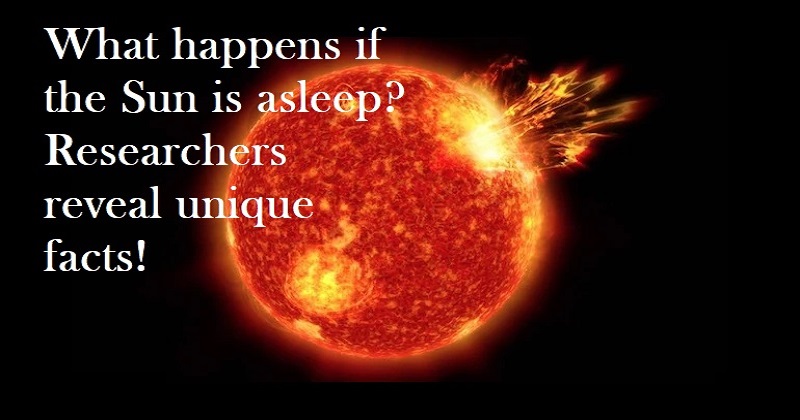
This year, as it approaches the apex of its solar cycle, the Sun has been very active, launching three solar flares, 18 coronal mass ejections, and one geomagnetic storm just in the past week. However, this situation has not always existed. There have been instances when the star in our solar system appears to be asleep and the sunspots on its surface entirely disappear.
Researchers at the Indian Institute of Science Education and Research (IISER), Kolkata’s Center of Excellence in Space Sciences India have revealed what happens when the sun is completely silent and how the star regains its energy to burst with life and send dangerous flares throughout the solar system.
There are churnings in the polar and interior regions of the star even when the sun is sound asleep, according to research published in the journal Monthly Notices of the Royal Astronomical Society. The solar cycle is maintained during these quiet times, according to research, by the Sun’s internal dynamo mechanism.
WHEN IS THE SUN SLEEP?
There have been times in the past when the Sun’s activity was at an all-time low and there were no sunspots to be seen. The grand minimum, during which solar energy and particle emission both significantly decreased, is known as this time. Researchers have discovered that the waxing and waning of the number of sunspots seen on the star’s surface abruptly stopped between 1645 and 1715. Such minima have been noted throughout the Sun’s 4.6 billion-year life, so this is not an isolated occurrence.
There is not much information available regarding the activity in the polar and interior areas of the Sun during this time, despite our knowledge of what occurs on its surface. The new analysis shows that although it is generally accepted that the Sun’s large-scale magnetic cycle switches off during these phases, this does not always mean that activity has completely stopped.
In spite of these phases appearing to be dormant, the magnetic fields in the Sun’s interior are nevertheless quite active, according to research done by IISER Ph.D. candidate Chitradeep Saha, Sanghita Chandra, and Professor Dibyendu Nandy. The group also showed how the plasma in the solar convection zone continually turns, acting as a clock to propel weak magnetic cycles within the Sun.
Future missions to research the Sun are expected to benefit from the study, which will concentrate on the polar regions and the Sun’s interior, which have remained mysterious to scientists. Two significant projects, the Parker Solar Probe from NASA and the Solar Orbiter from Europe, are currently edging closer to the star to observe the changes and improve our understanding of space weather.

Post Your Comments